The training of legionnaires (French Foreign Legion soldiers) is long and grueling by modern standards with the French Foreign Legion able to use techniques and levels of violence far outside of those acceptable in the Metropolitan Army. From those who pass the initial 2-week testing phase, about 1/3, are accepted into the French Foreign Legion as ‘engagés volontaires’.
That means you are starting as recruit and then you are sent to the basic training. The candidate has to pass the common 16-week course at any of the four training depots. The 16-week training course is similar to the most training courses in similar units but it have a much higher tempo and demands. During that period, the physical fitness is honed and basic military skills are taught. However during this time the candidate is indoctrinated with the traditions of the French Foreign Legion. It means that candidate needs to learn French Foreign Legion history, pass March for Kepi Blanc and learn their songs.
After the candidate successfuly pass basic trainig, he is given a Kepi Blanc and it is considered as legionnaire. His training is just about to start, because the candidte is then sent to further training in desired speciality. For the future paratroopers, it means
…..
After passing basic training, the legionnaire has earned his Kepi Blanc, but then has to go on to further training in his specialty. For the paratroopers this means a stint at one of the Commando Training Centers scattered throughout French territory, where alongside other metropolitan and marine paratroopers they learn the extra skills that distinguish them from more mundane units. At the end of this 6 week course they then go on to undertake the ‘relaxing’ parachute course and earn their para-wings.
One this standard course has been passed the soldier then goes on to a TIS Training Centre. Here the soldier is trained over the course of a further 6 weeks in operations alongside the MSIF, and specializing in interface operations. However the soldiers are also trained in basic skills of operations in space, and different atmospheric and gravity conditions. This course has sometimes been described as too basic when compared to the year long British Royal Marines ‘Red Commando’ course, but this overlooks the different roles of the two units. A substantial part of the RM duties as ships troops, is undertaken by the FUVOLMARS of the MSIF proper.
The newly qualified legionnaire paratrooper is then sent to his new unit, almost always one of the 2e REP holding battalions where his training continues. Although most will be feeling immensely proud of their achievements so far the battalions will continue to test them until his new comrades are satisfied enough to let the soldier join his front line battalion without reservation. As in most units training is constant, and as part of a Brigade d’ Intervention it is normally much more interesting than most units and consequently the REP’s have a very good re-enlistment rate.
Soldiers of the 1e REP wanting to go onto the 2e REP must first pass a tough selection course. This has been undertaken in recent years over the course of two months abroad. Here the nearly fortnight long days and nights combine with the precipitous terrain and dangerous fauna to test the legionnaire paratrooper to the limits. The selection course is mostly one combining sapping physical tasks and challenging mental tasks. If successful the two streams, special forces and combat walker specialists, are separated and undertake six month training courses, before entering the service battalion.
But to be part of 2e REP is something special. You will spend your time jumping out of planes, and learn what is real brotherhood.
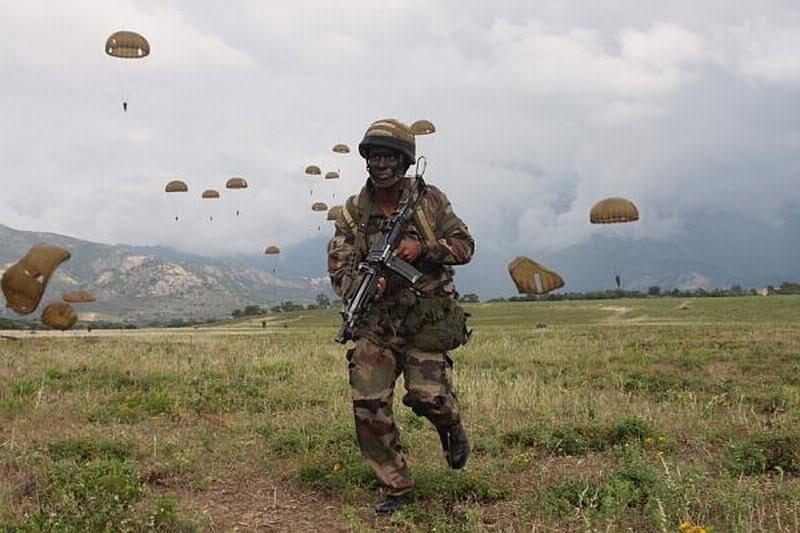
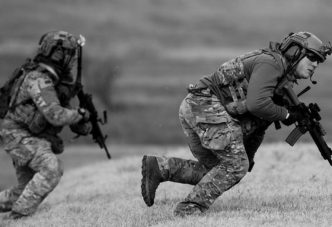
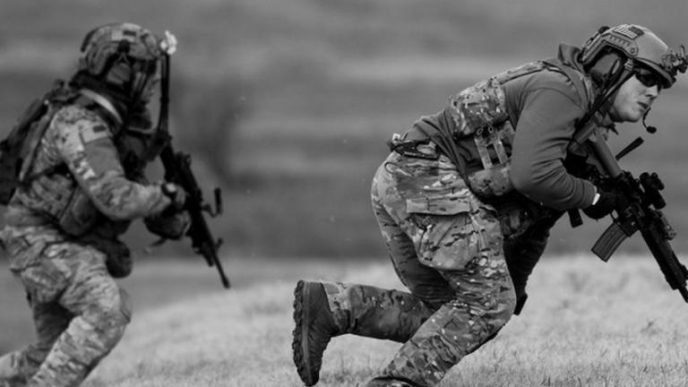
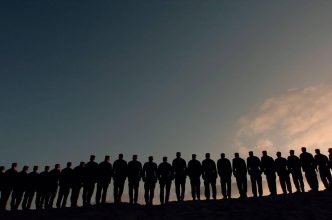
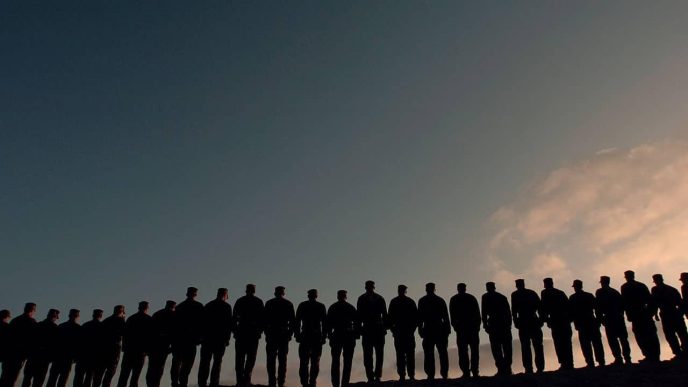
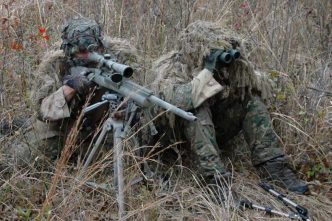

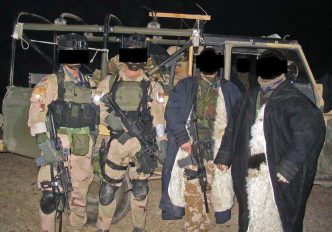
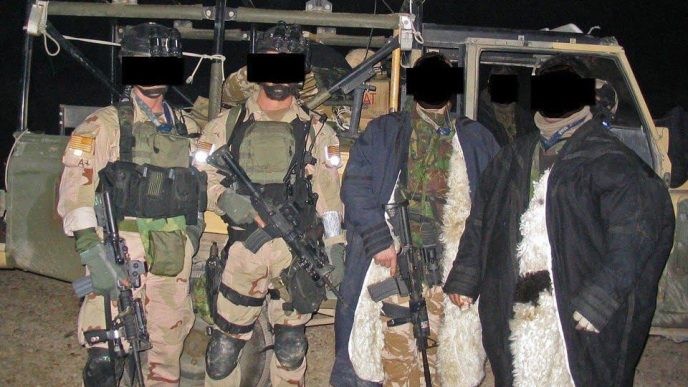
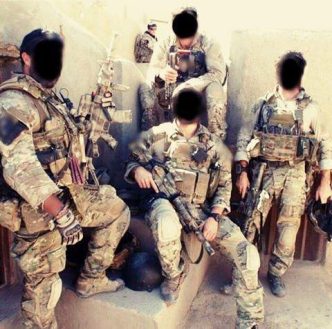
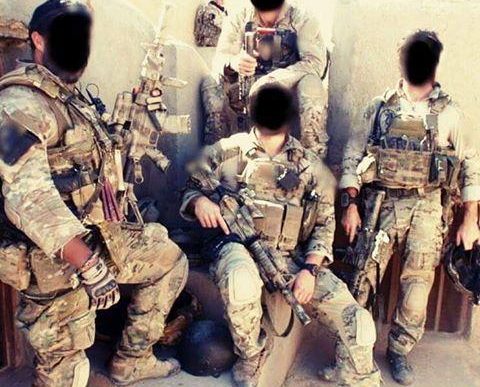
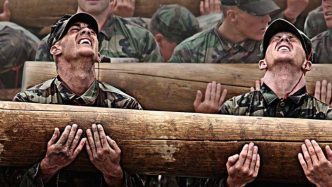
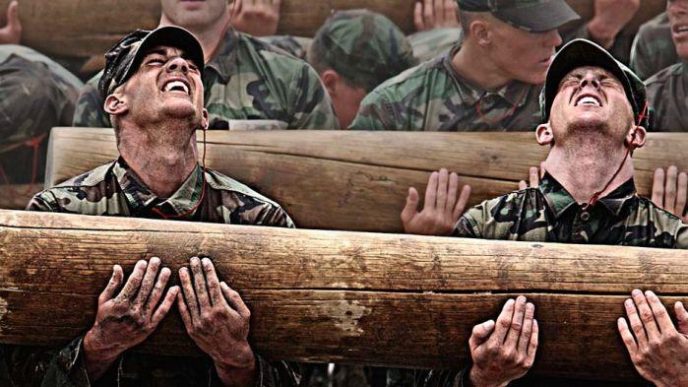
The 1eme REP was disbanded in the 60’s after committing mutiny
I was a U.S. Marine! 2e REP are a bunch of pussys
Jim, not in Kolwezi they weren’t t
Mon nom de guerre est HERMES Peter. Je suis avec La Legion.
1REP: after the death of Col. Jean Pierre, they mutinied at Sidi bel Abbes in objection to Algerian independence with surrender to the FLN. As ordered by President Charles de Gaulle, they committed treason against the Republic of France, the regiment was decimated and struck from the roll at French High Command, Concorde, Paris. We do not speak of this.
2REP: at the same time were in Calvi, fighting operations against the Union Corse. Our regiment declared 100% loyalty to ‘de Gaulle & France. Henceforth we are ‘Guarde de corps’ pour le president. Le 2REP is permanent 3min standby to assist the Republic worldwide…Kolwezi 1978 incluis.
PARATROOPERS ENLISTMENT